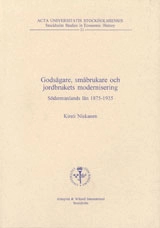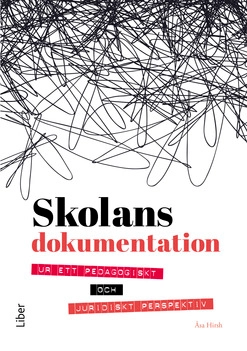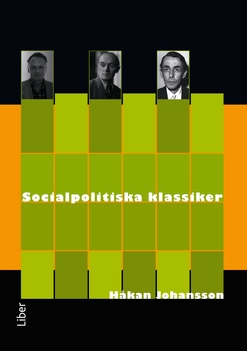

Godsägare, småbrukare och jordbrukets modernisering Södermanlands län 1875–1935
- Utgiven: 1995
- ISBN: 9789122016816
- Sidor: 276 st
- Förlag: Acta Universitatis Stockholmiensis
- Format: Häftad
- Språk: Svenska
Om boken
Åtkomstkoder och digitalt tilläggsmaterial garanteras inte med begagnade böcker
Mer om Godsägare, småbrukare och jordbrukets modernisering Södermanlands län 1875–1935 (1995)
I januari 1995 släpptes boken Godsägare, småbrukare och jordbrukets modernisering Södermanlands län 1875–1935 skriven av Kirsti Niskanen. Den är skriven på svenska och består av 276 sidor. Förlaget bakom boken är Acta Universitatis Stockholmiensis.
Köp boken Godsägare, småbrukare och jordbrukets modernisering Södermanlands län 1875–1935 på Studentapan och spara pengar.
Referera till Godsägare, småbrukare och jordbrukets modernisering Södermanlands län 1875–1935
Harvard
Oxford
APA
Vancouver



















